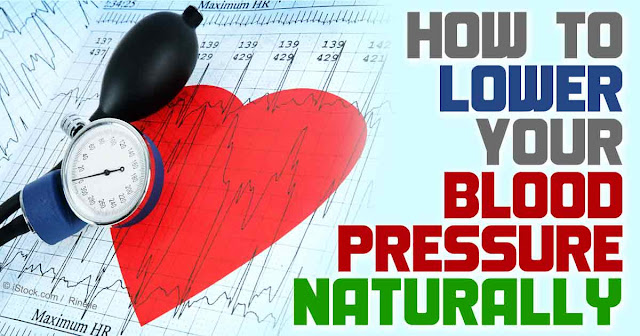How To Lower Blood Pressure Naturally
Many adults around the world deal with hypertension, also called high blood pressure. There are ways to treat the condition, including lifestyle changes or medications.
Ever wonder how to lower blood pressure naturally? Sodium has always been the blood pressure bogeyman—shake most of it from your high blood pressure diet and you'll be safe. But research now shows that it's just as important to choose foods naturally low in sodium and high in at least two of the three power minerals: calcium, magnesium, and potassium.
Read on to learn more about natural foods to lower blood pressure naturally.
1.Avocado
One-half of an avocado provides 1% of the calcium, 5% of the magnesium, and 10% of the potassium you need every day.
2.Sweet potato
One medium sweet potato with the skin provides 4% of the calcium, 8% of the magnesium (7% without the skin), and 15% of the potassium (10% without the skin) you need every day.
3.Broccoli
One cup of cooked broccoli provides 6% of the calcium, 8% of the magnesium, and 14% of the potassium you need every day.
4.Bananas
One medium banana provides 1% of the calcium, 8% of the magnesium, and 12% of the potassium you need every day.
5.White beans
One cup of white beans provides 13% of the calcium, 30% of the magnesium, and 24% of the potassium you need every day.
6.Basil
Basil is a delicious herb that goes well in a variety of foods. It also might help lower your blood pressure. Extract of basil has been shown to lower blood pressure, although only briefly. Adding fresh basil to your diet is easy and certainly can’t hurt. Keep a small pot of the herb in your kitchen garden and add the fresh leaves to pastas, soups, salads, and casseroles.
7.Cinnamon
Cinnamon is another tasty seasoning that requires little effort to include in your daily diet, and it may bring your blood pressure numbers down. Consuming cinnamon every day may lower blood pressure in people with diabetes, according to a paper in the Journal of Clinical Nutrition. Include more cinnamon in your diet by sprinkling it on your breakfast cereal, oatmeal, and even in your coffee. At dinner, cinnamon enhances the flavor of stir-fries, curries, and stews.
8.Flaxseed
Flaxseed is rich in omega-3 fatty acids, which have been found to lower blood pressure significantly. Flaxseed may protect against atherosclerotic cardiovascular disease by reducing serum cholesterol, improving glucose tolerance, and acting as an antioxidant. You can buy many products that contain flaxseed, but a better bet is to buy ground flaxseed or grind it yourself in a coffee grinder and add it to your home-cooked meals. The best part about flaxseed is that it can be stirred into virtually any dish, from soups to smoothies to baked goods. Store flaxseed in your freezer to retain optimum potency.
9.Garlic
This pungent seasoning can do more than just flavor your food and ruin your breath. Garlic has the ability to lower your blood pressure by causing your blood vessels to relax and dilate. This lets blood flow more freely and reduces blood pressure.
You can add fresh garlic to a number of your favorite recipes. If the flavor is just too strong for you, roast the garlic first. And if you simply can’t eat the stuff, you can get garlic in supplement form.
10.Ginger
Ginger may help control blood pressure, as it has been shown to improve blood circulation and relax the muscles surrounding blood vessels. Commonly used in Asian foods, ginger is a versatile ingredient that can also be added to sweets or beverages. Chop, mince, or grate fresh ginger into stir-fries, soups, and noodle or vegetable dishes, or add it to desserts or tea for a refreshing taste.




Comments
Post a Comment